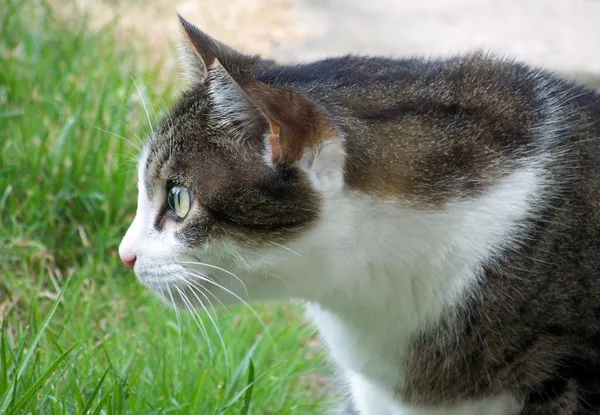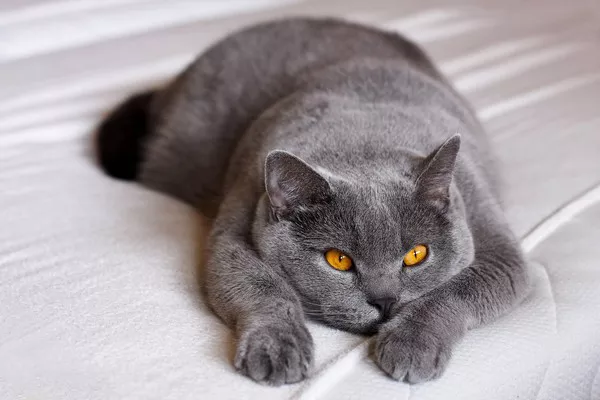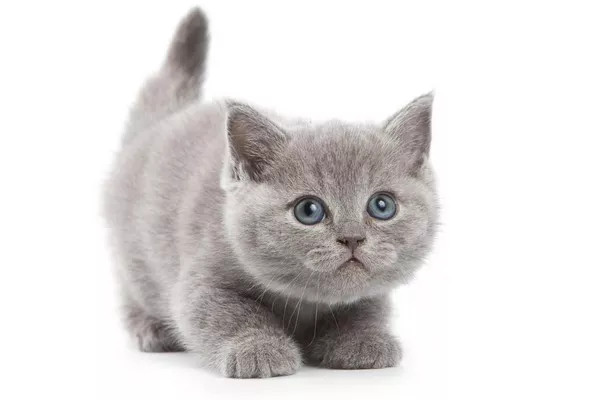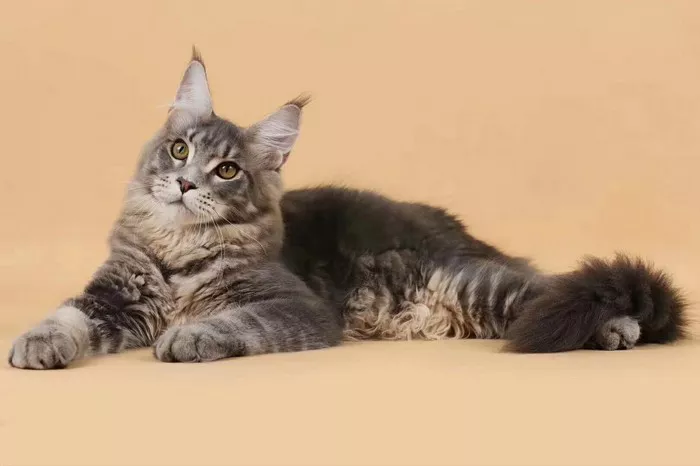In a historic declaration by the Mexican government, the nineteen feline inhabitants of Mexico’s National Palace have been formally recognized as “living fixed assets,” marking a significant milestone for animal welfare in the country.
The cats, known for their leisurely strolls through the palace gardens and occasional appearances during official events, have become integral to the daily life of the iconic building in Mexico City. Jesús Arias, the palace veterinarian, attested to their ubiquitous presence, noting how they casually saunter into meetings and interviews, leaving their indelible mark on camera.
This unprecedented move by President Andrés Manuel López Obrador’s administration elevates the status of the palace cats, obligating the Treasury to provide sustenance and care for them indefinitely. Adriana Castillo Román, the general director of the National Palace and Cultural Heritage Conservancy, emphasized the symbolic importance of these feline inhabitants, underscoring their integral role in the palace’s identity.
Situated at the heart of Mexico City, the presidential palace has a rich historical significance, once serving as the residence of Indigenous Emperor Moctezuma. Despite the ancient Aztec culture’s reverence for hairless dogs, the palace now boasts a diverse feline population, with each cat bearing a unique name inspired by artists, indigenous language, or regional heritage.
While the origins of these palace cats remain shrouded in mystery, their presence has been documented for decades, with staff recalling their cohabitation with the palace’s flora and fauna. Over time, these feral felines have become cherished companions, receiving vaccinations, sterilization, and even personalized shelters and feeding stations within the palace grounds.
Despite their newfound status as “living fixed assets,” the cats maintain their enigmatic charm, with responses ranging from nonchalant tail swishes to contented purrs. Their integration into the fabric of the National Palace exemplifies a harmonious coexistence between tradition and modernity, as Mexico embraces its feline residents as cherished members of its cultural heritage.
























